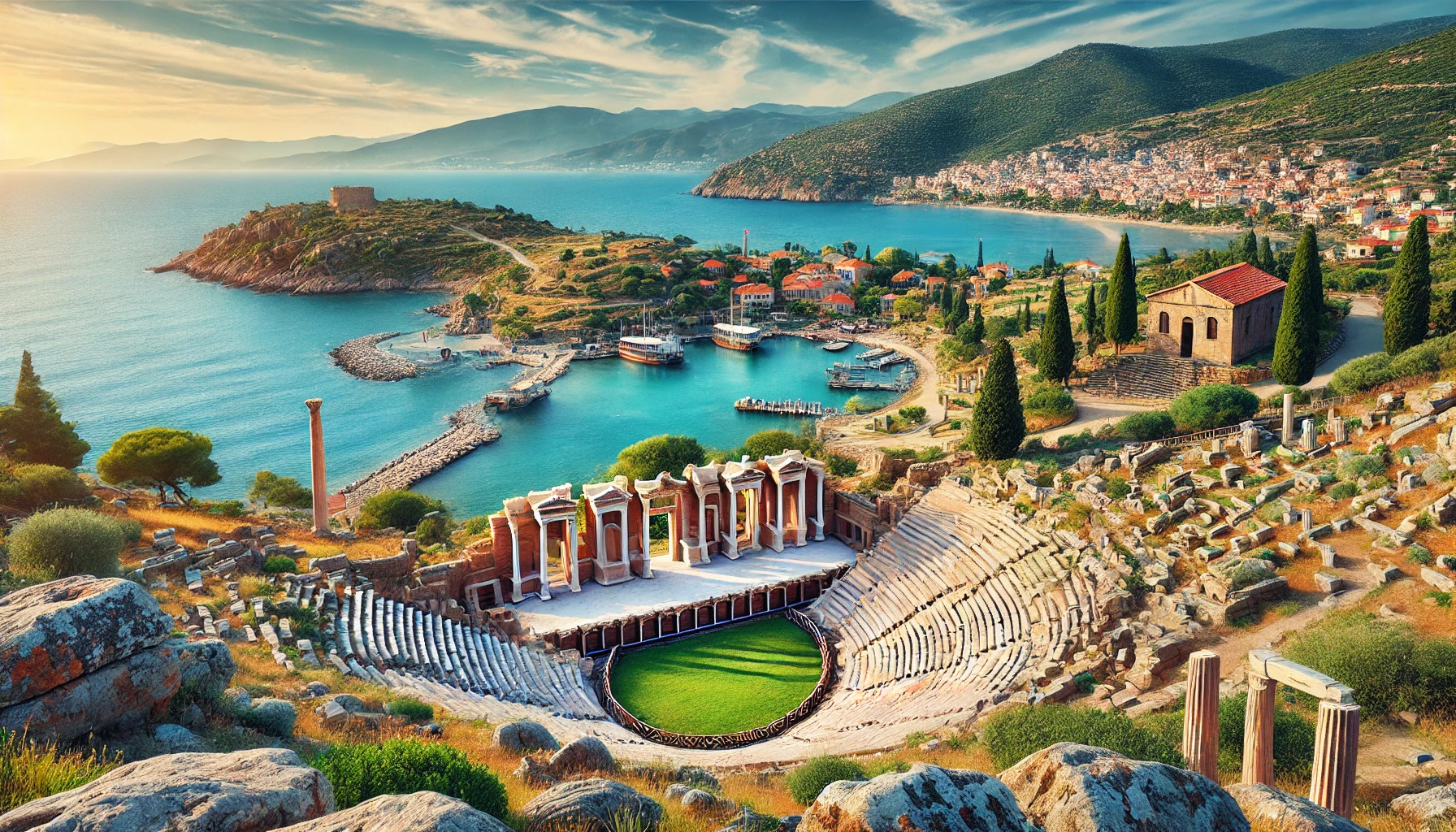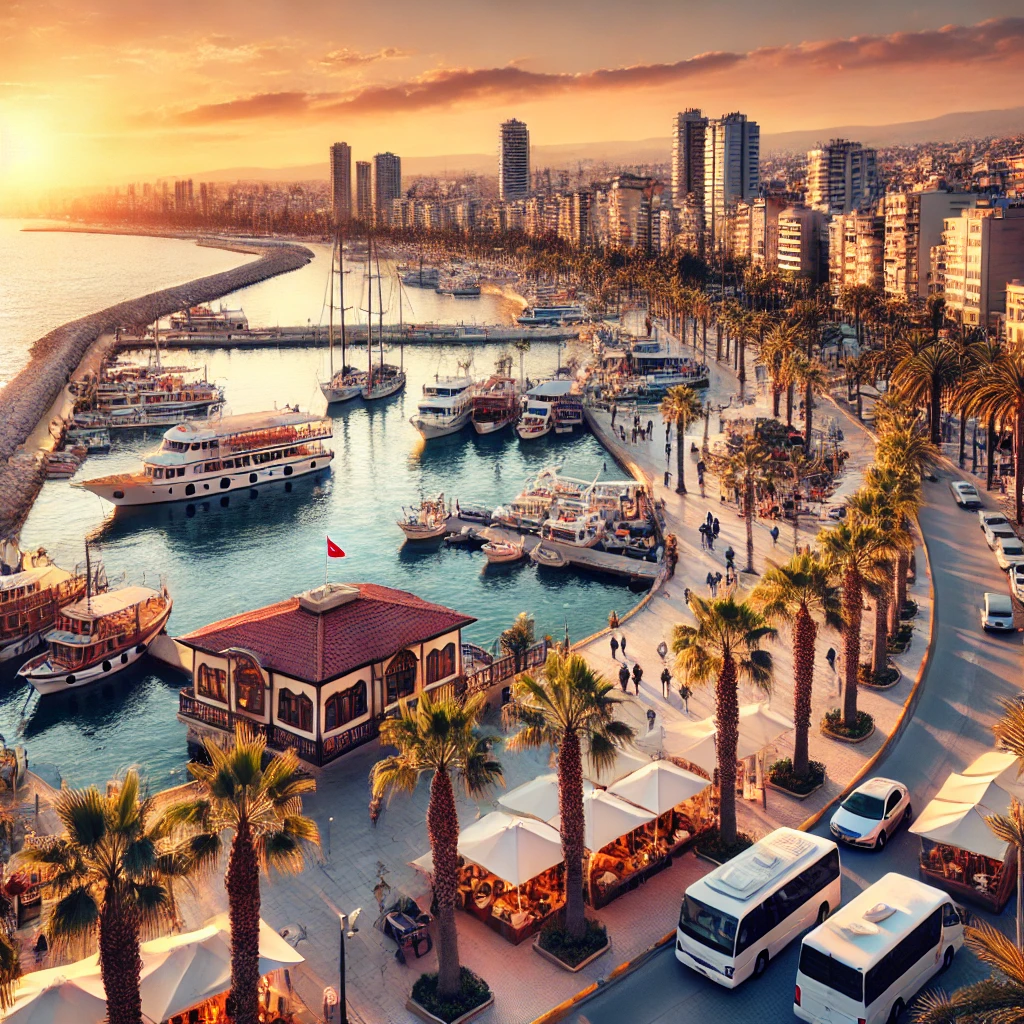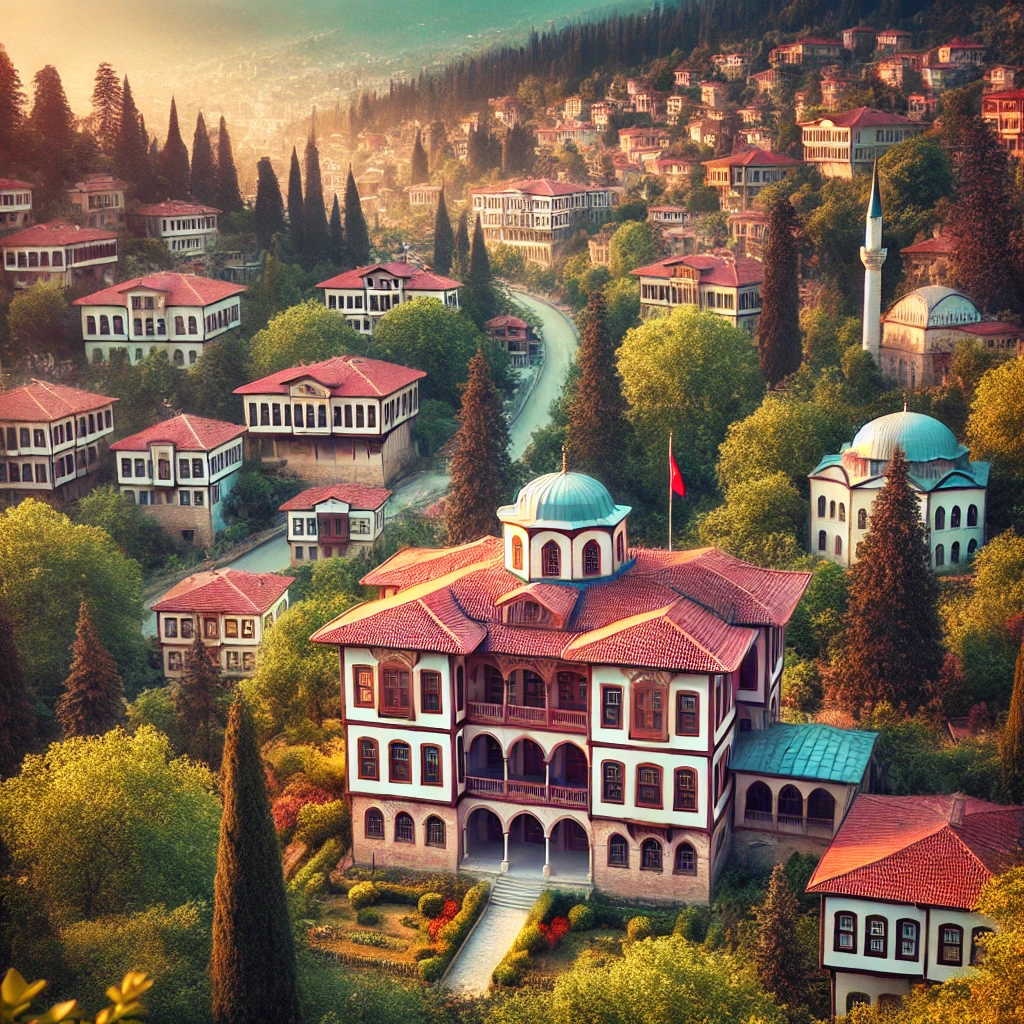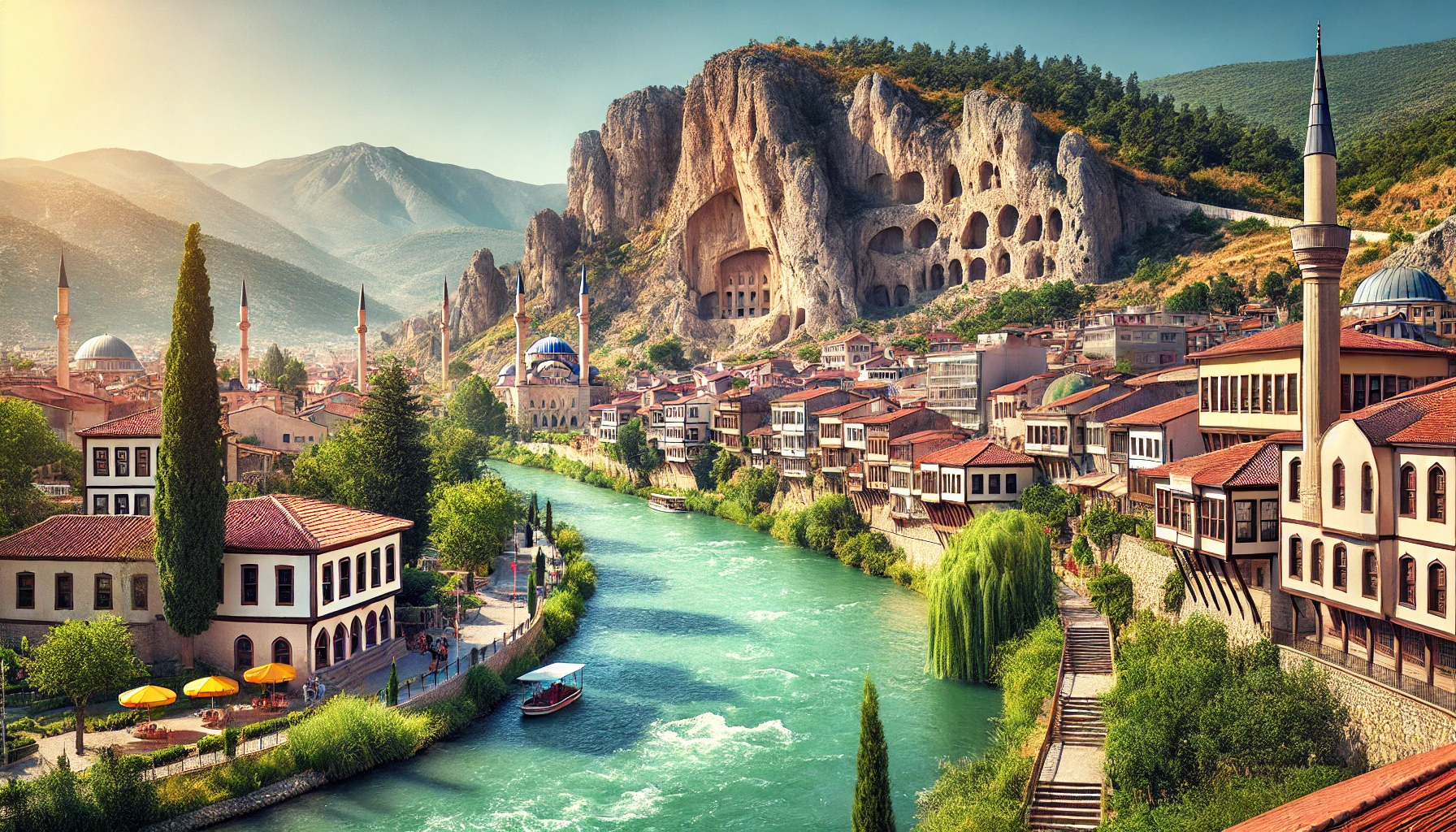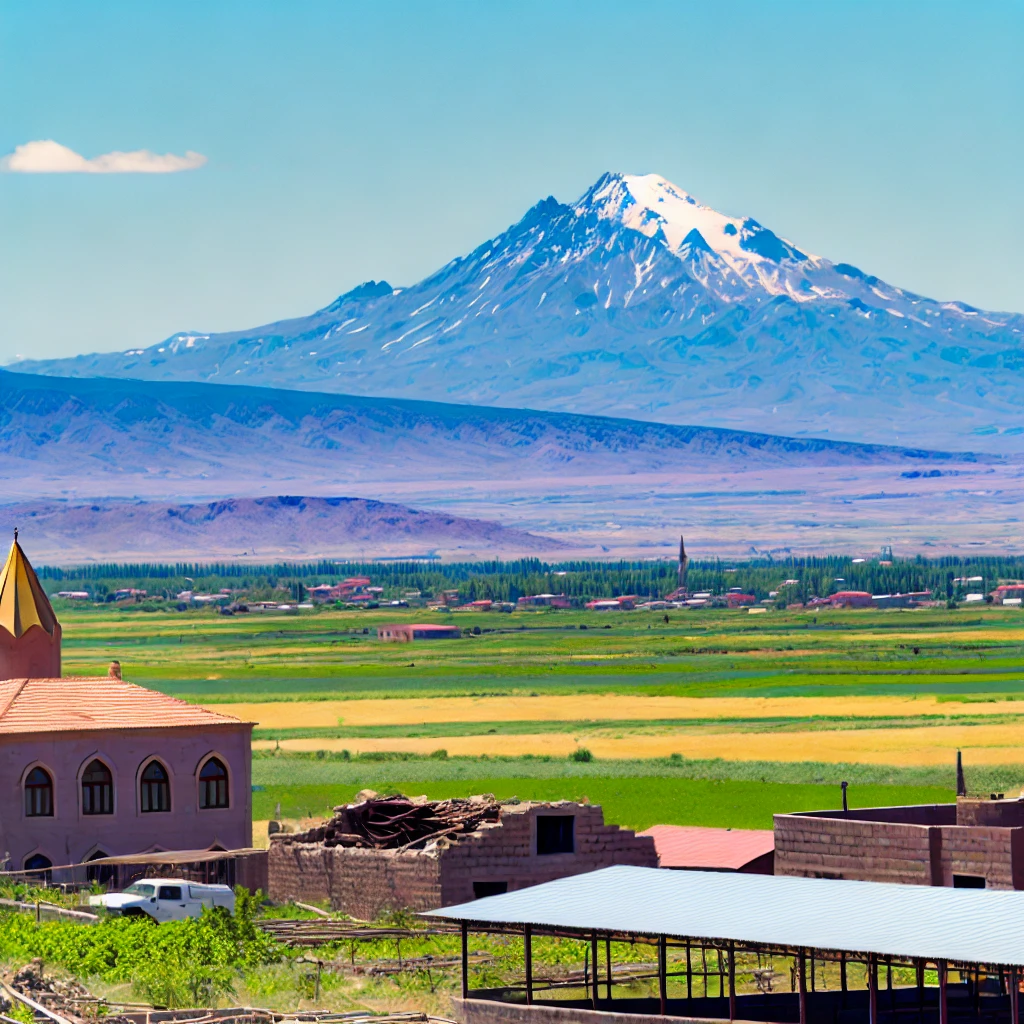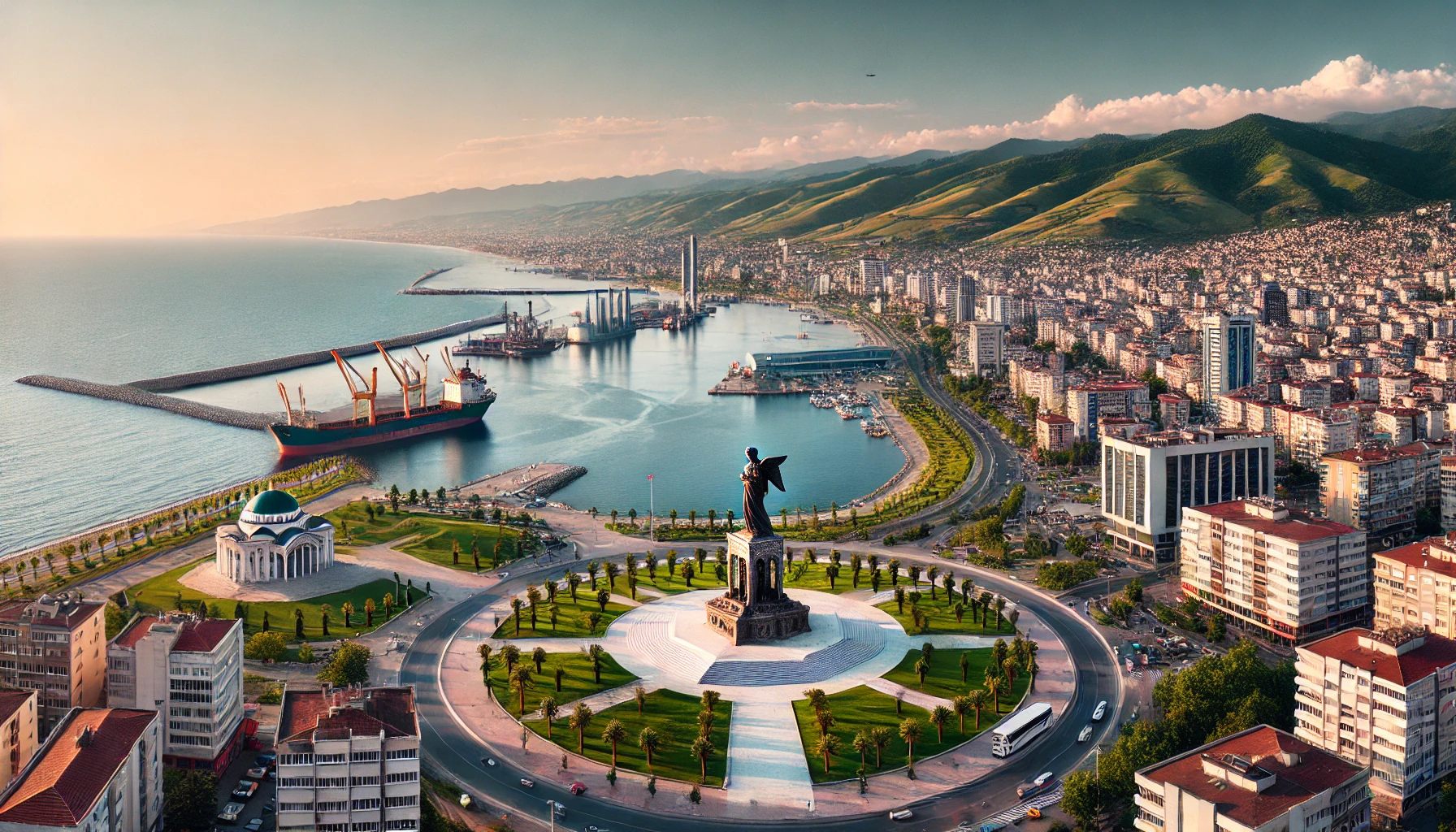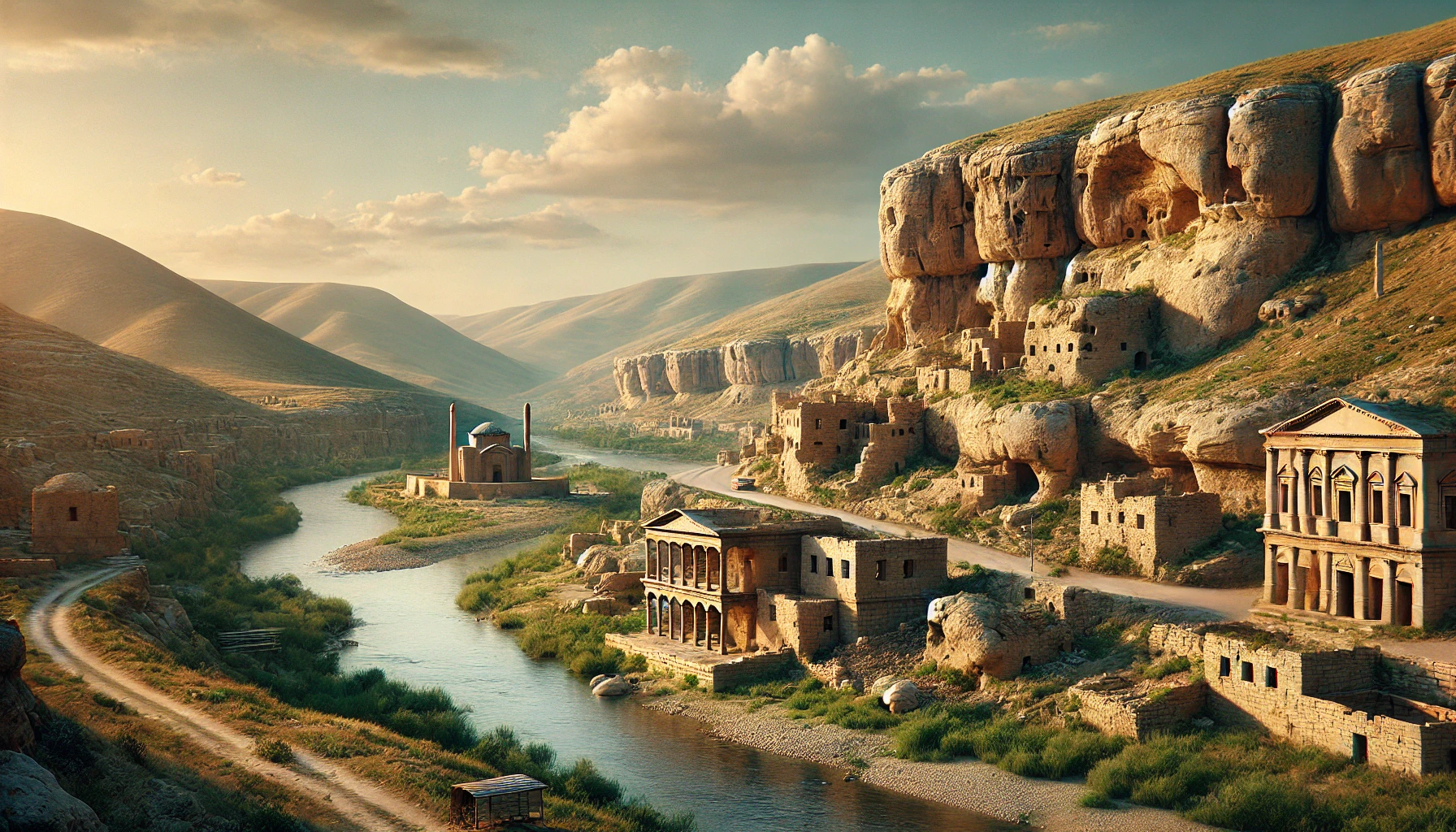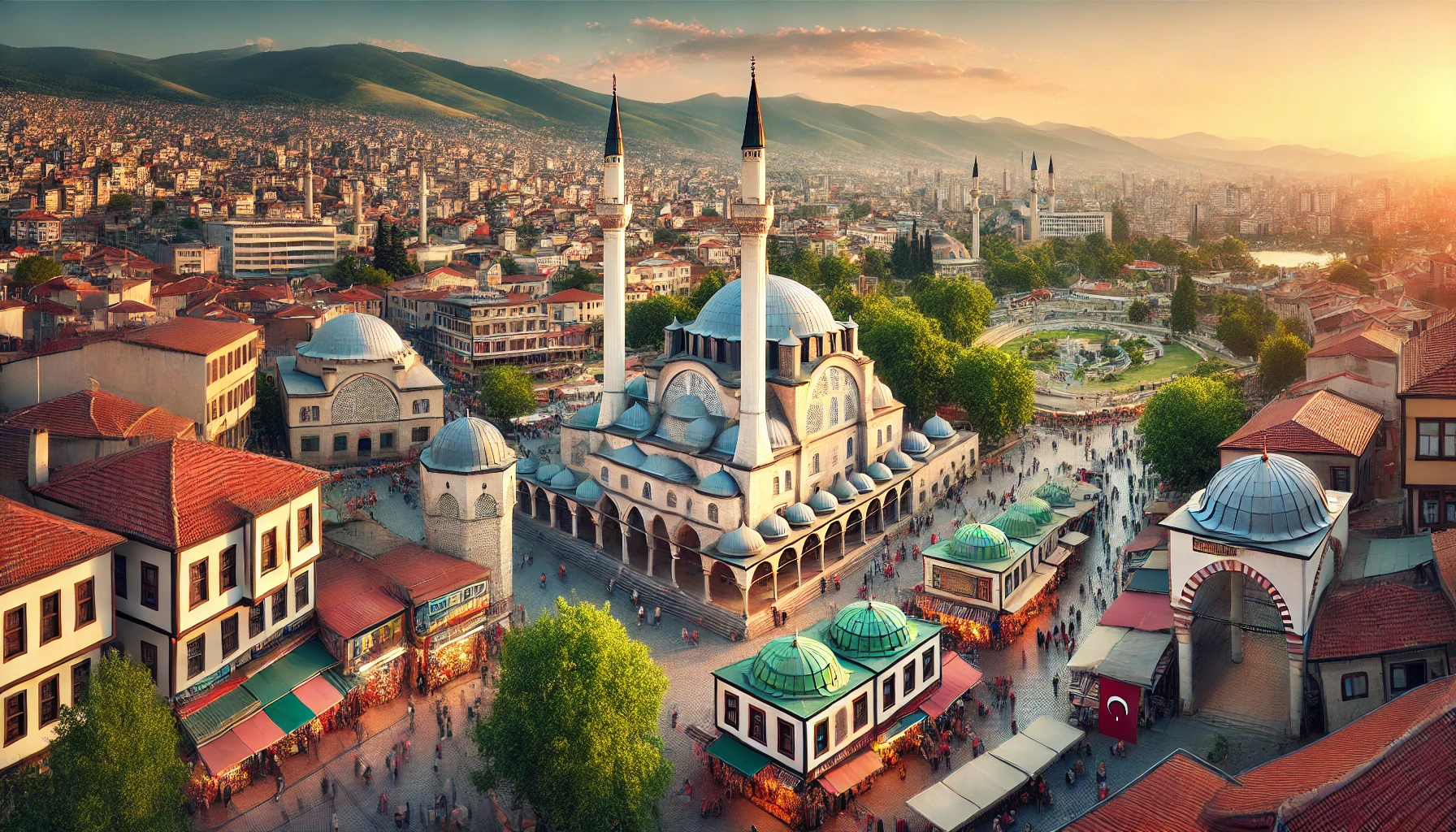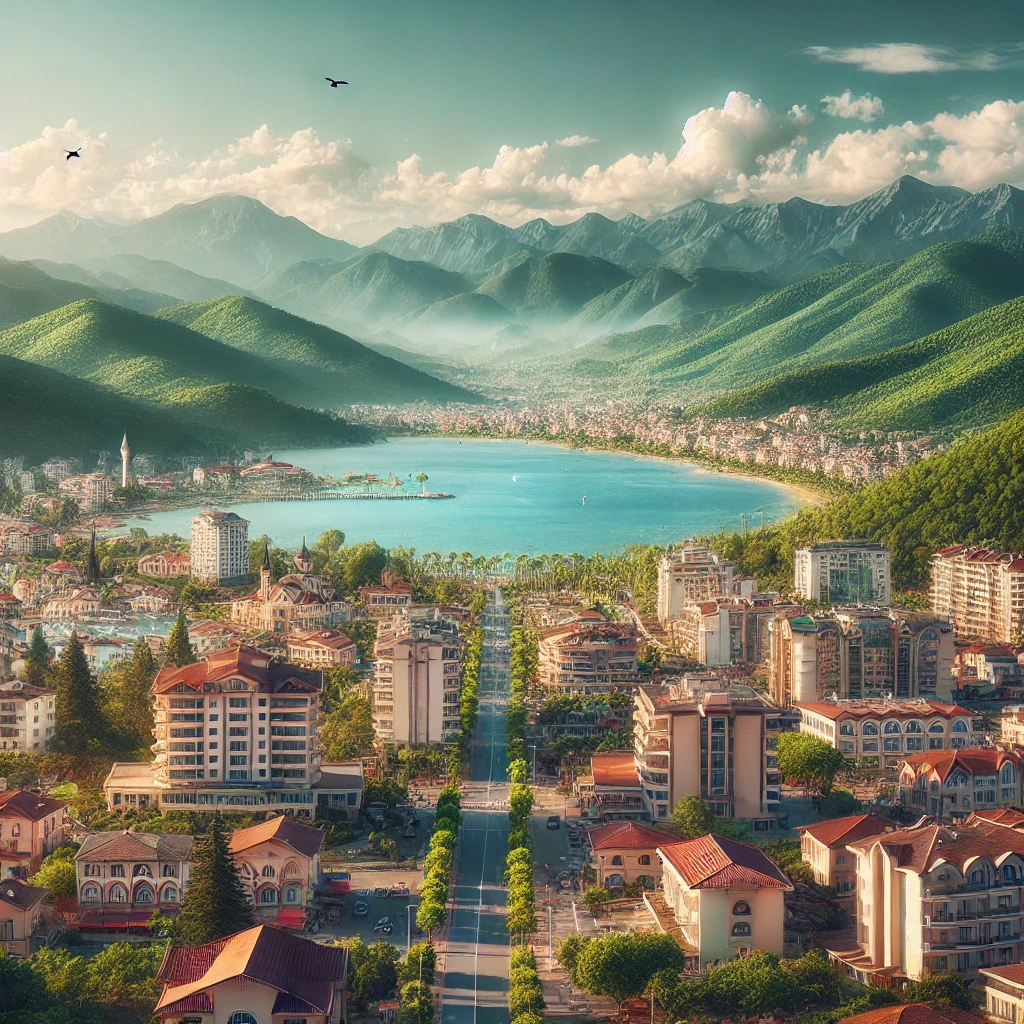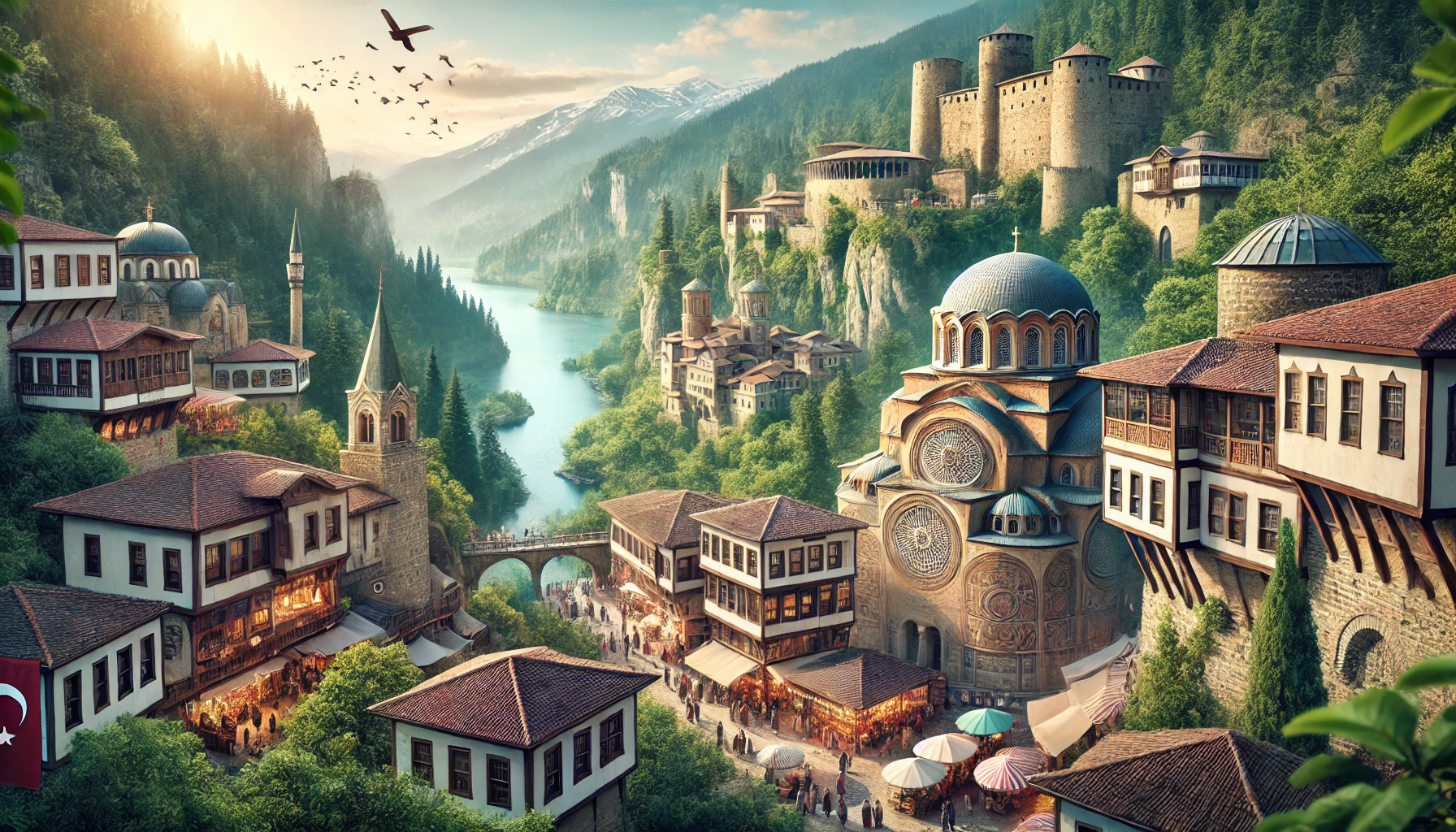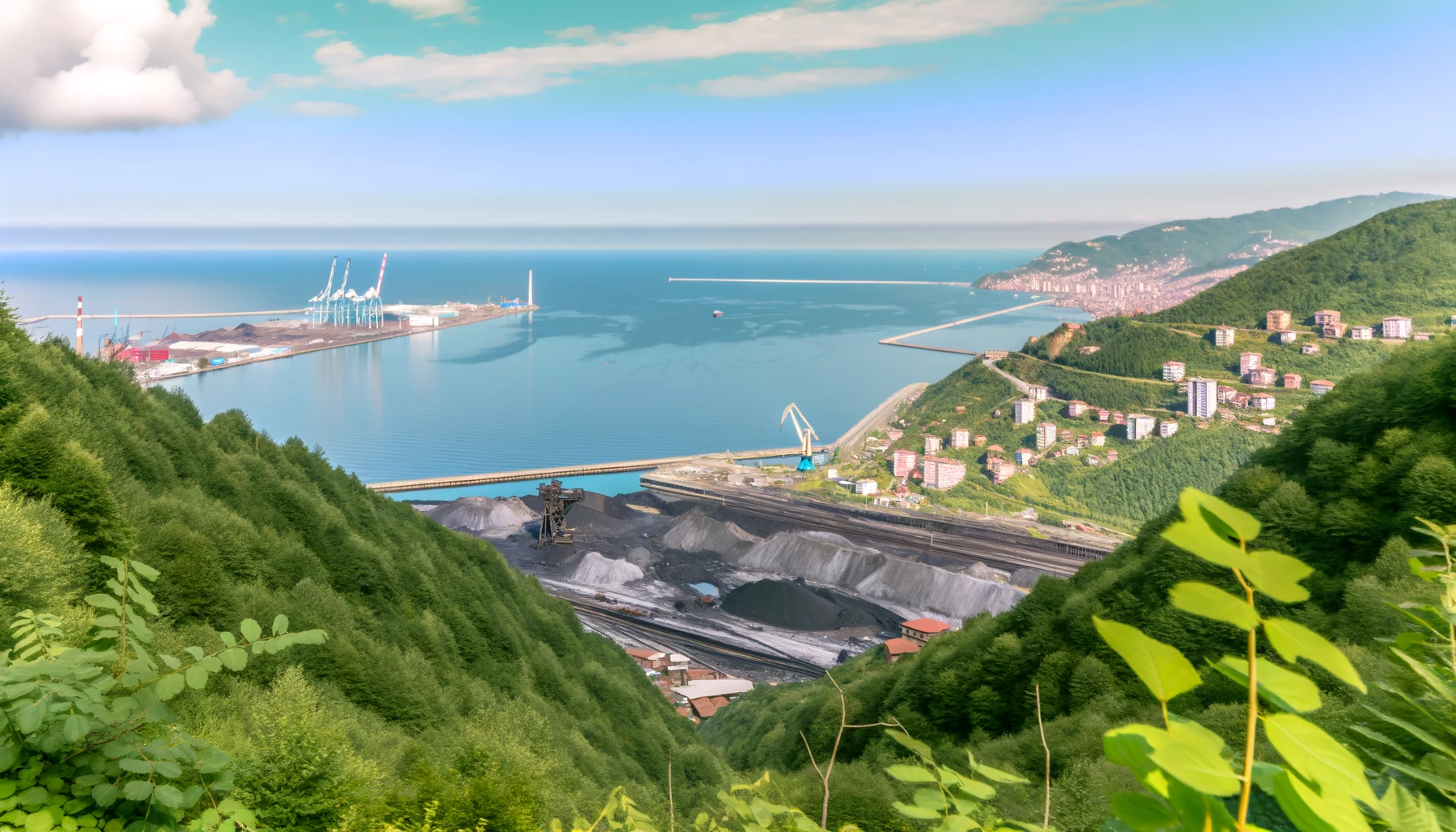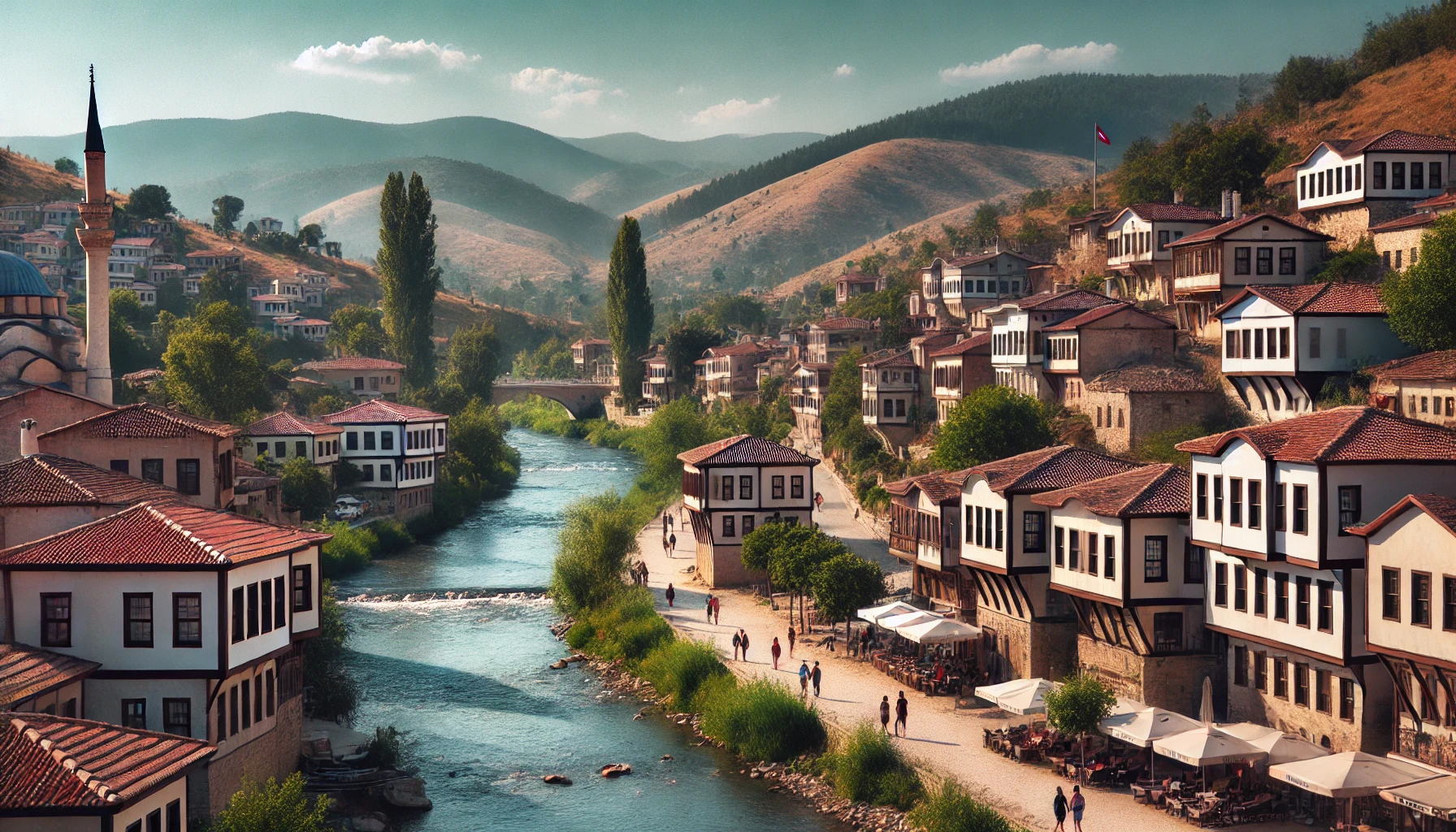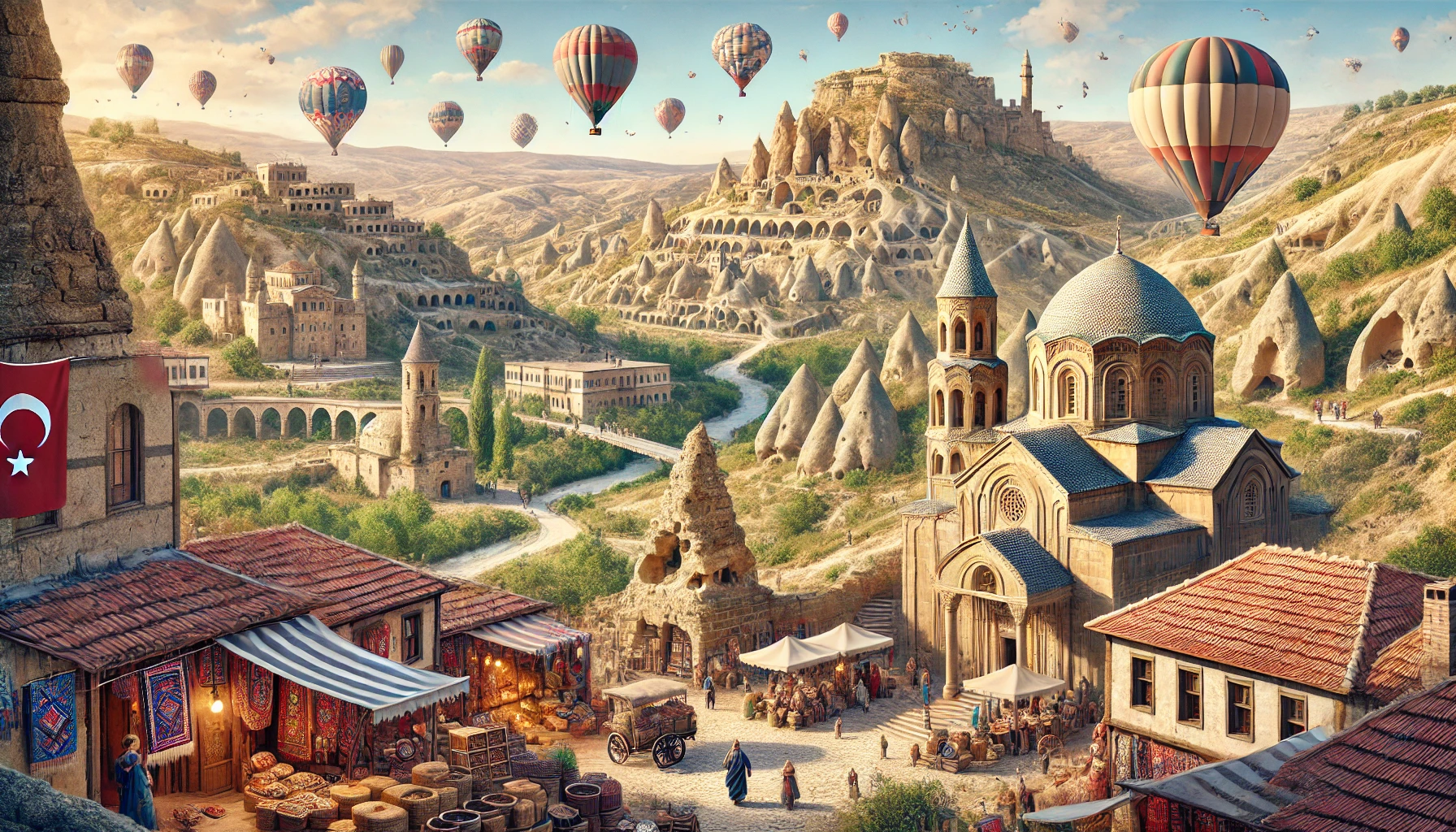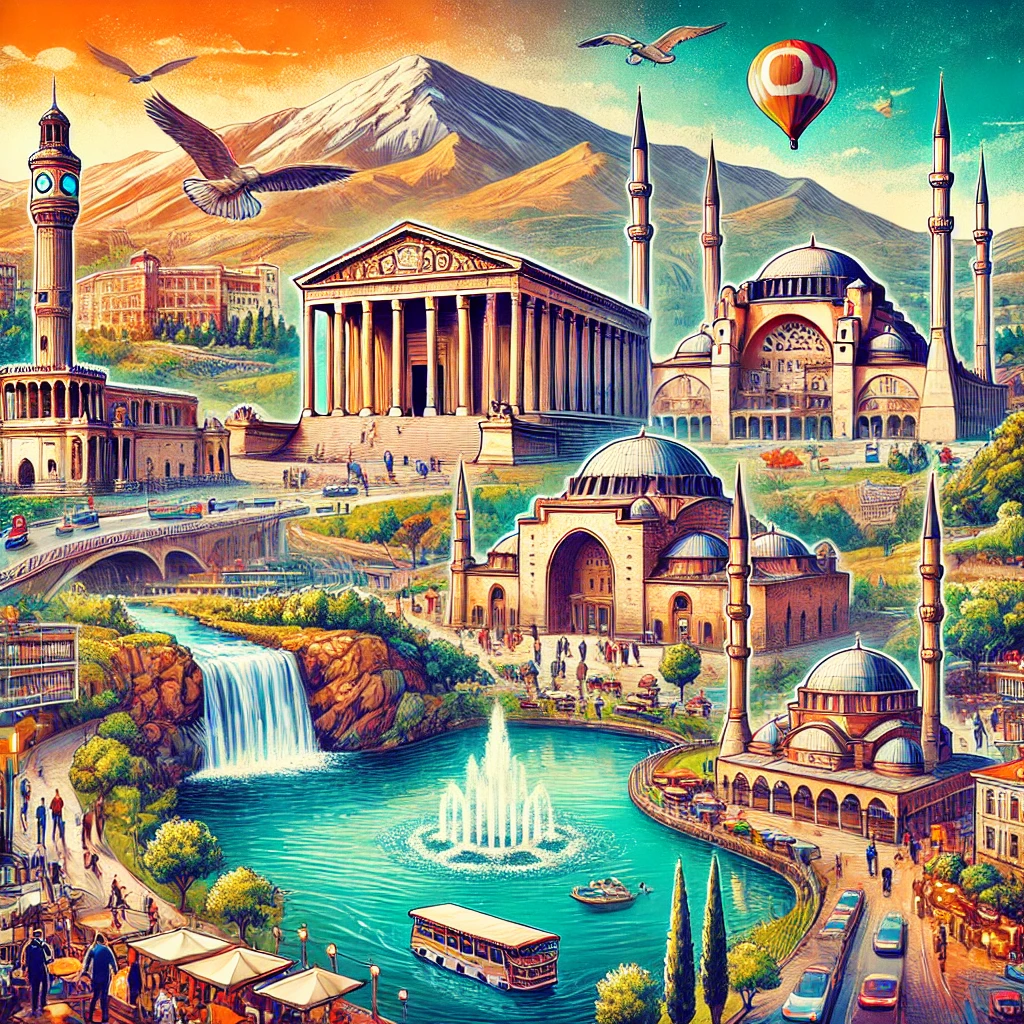Phokaia: Exploring the Ancient Ionian City
Situated in the charming town of Foca in Izmir province, Phokaia is one of the twelve Ionian cities that played a significant role in ancient Greek history. Originally founded as a colony by settlers from Phocis in Greece, Phokaia quickly developed into a crucial port city. Despite the Persian invasion in 494 BC, which led to its decline, Phokaia’s rich history and numerous archaeological findings continue to captivate visitors today. This article will guide you through the highlights of Phokaia, offering travel enthusiasts a comprehensive look at this ancient city.
A Brief History of Phokaia
Founding and Early Development
Phokaia was established by settlers from Phocis in Greece around the 9th century BC. Its strategic location on the Aegean coast made it an ideal spot for trade and maritime activities. The city quickly flourished, becoming one of the most important port cities in the Ionian League.
The Ionian League
As one of the twelve cities in the Ionian League, Phokaia played a pivotal role in regional politics and culture. The Ionians were known for their advancements in philosophy, science, and the arts. Phokaia’s prosperity during this period is evident from the rich archaeological findings that have been unearthed in the area.
Persian Invasion and Decline
The Ionian uprisings against Persian rule, which lasted until 494 BC, eventually led to the Persian invasion. Phokaia, like many other Ionian cities, lost its power and influence following this period. Despite this, many of the city’s structures and artifacts have survived, providing valuable insights into its storied past.
Key Attractions in Phokaia
The Ancient Theater
One of the most prominent archaeological sites in Phokaia is the ancient theater. This well-preserved structure offers a glimpse into the entertainment and social life of the ancient city.
Exploring the Theater
Visitors can walk through the seating areas and imagine the performances that once took place here. The theater’s location also provides stunning views of the surrounding landscape, making it a must-visit site.
The Temple of Athena
The Temple of Athena is another significant landmark in Phokaia. Dedicated to the city’s patron goddess, this temple was a center of religious activity and an architectural marvel of its time.
Architectural Significance
Although only the foundations and some columns remain, the Temple of Athena’s grandeur is still evident. The site offers a fascinating look at ancient Greek religious practices and architectural techniques.
The City Walls and Gates
Phokaia was fortified with impressive city walls and gates, many of which have been partially restored. These structures highlight the city’s strategic importance and its need for defense against invaders.
Walking the Walls
Visitors can explore sections of the ancient city walls and gates, gaining a sense of the city’s layout and the challenges it faced throughout its history.
The Rock-Cut Tombs
Phokaia is also known for its rock-cut tombs, which provide insights into the burial practices and beliefs of its ancient inhabitants.
The Most Famous Tombs
One of the most notable rock-cut tombs is the so-called “Tomb of Kybele,” which features intricate carvings and a well-preserved interior. Exploring these tombs offers a unique perspective on ancient Phokaian culture.
Natural Beauty and Modern Foca
The Beautiful Coastline
Phokaia’s coastal location is one of its most attractive features. The town of Foca boasts beautiful beaches, crystal-clear waters, and picturesque views of the Aegean Sea.
Popular Beaches
Some of the most popular beaches in Foca include Sazlıca Beach and Mersinaki Beach. These spots are perfect for swimming, sunbathing, and enjoying the natural beauty of the area.
The Fishing Harbor
Foca’s fishing harbor is a charming area where visitors can see traditional fishing boats and enjoy fresh seafood at local restaurants.
Dining by the Sea
The harbor area is dotted with restaurants and cafes offering delicious local dishes, making it a great place to relax and soak in the maritime atmosphere.
Exploring the Town
Modern Foca, built around the ancient site of Phokaia, is a delightful town with narrow streets, historic buildings, and vibrant markets.
Shopping and Local Crafts
Visitors can explore local shops and markets to find unique souvenirs, handmade crafts, and traditional Turkish goods.
Practical Information for Visitors
Getting There
Phokaia is located in the town of Foca, approximately 70 kilometers from Izmir. The town is accessible by car, bus, and ferry.
Transportation Options
Visitors can take a bus from Izmir to Foca or drive along the scenic coastal road. Ferries also operate between Foca and nearby islands, offering a pleasant way to travel.
Accommodation
Foca offers a range of accommodation options, from charming boutique hotels to budget-friendly guesthouses.
Recommended Stays
Some popular options include the Hanedan Beach Hotel, which offers beautiful sea views, and the cozy Foca Kumsal Hotel, located near the town center.
Best Time to Visit
The best time to visit Phokaia and Foca is during the spring (April to June) and autumn (September to November) when the weather is mild and pleasant.
Travel Tips
- Wear Comfortable Shoes: Exploring the ancient ruins and walking around the town requires comfortable footwear.
- Stay Hydrated: Carry water, especially during the hot summer months, to stay hydrated while exploring.
- Respect the Ruins: Be mindful of the historical significance of the ruins and avoid climbing or touching fragile structures.
Why Phokaia is a Must-Visit Destination
Rich Historical Legacy
Phokaia offers a deep dive into ancient history, with its well-preserved ruins and fascinating artifacts. The city’s role in the Ionian League and its strategic importance make it a captivating destination for history enthusiasts.
Stunning Natural Scenery
The natural beauty of Phokaia is unparalleled, with its stunning coastline, crystal-clear waters, and picturesque views of the Aegean Sea. The harmonious blend of historical ruins and natural landscapes creates a serene and picturesque setting.
Vibrant Modern Culture
Modern Foca, built around the ruins of Phokaia, offers a vibrant culture and lively atmosphere. Visitors can enjoy the best of both worlds, exploring ancient history while experiencing contemporary Turkish life.
Conclusion: Unveiling the Wonders of Phokaia
Phokaia, with its rich history, stunning natural beauty, and vibrant modern culture, is a hidden gem on Turkey’s Aegean coast. From the ancient theater and rock-cut tombs to the charming beaches and lush landscapes, Phokaia offers a diverse range of experiences for travel enthusiasts. As you explore this ancient city and its surroundings, you’ll uncover the stories of a bygone era and create lasting memories.
Latest Update: Jul 20, 2024
Your Content Goes Here
TAGS: ancient city of Phokaia, Foca travel guide, historical sites in Turkey, Phokaia, Phokaia ruins, Phokaia theater, Phokaia Turkey, rock-cut tombs Phokaia, Temple of Athena Phokaia, Turkey tourism
Welcome to Izmir, Mersin
A brief summary of the key points in this article.

